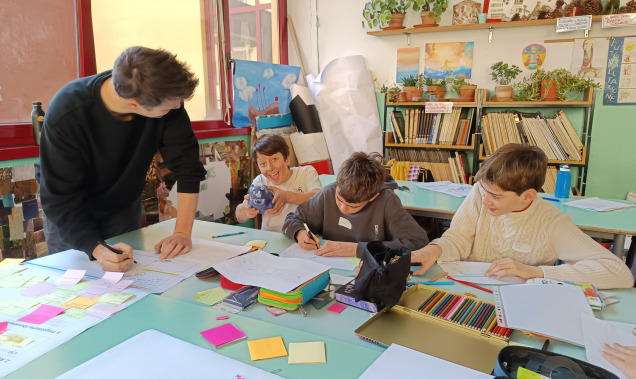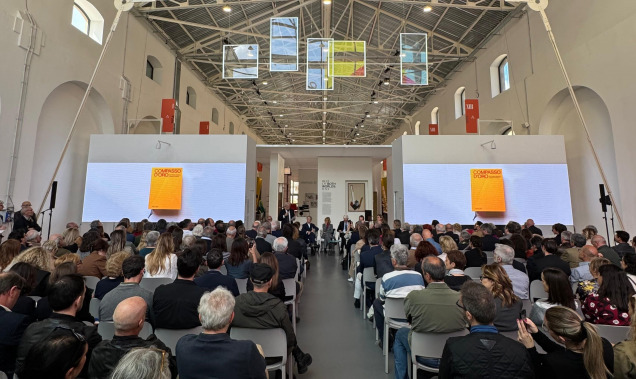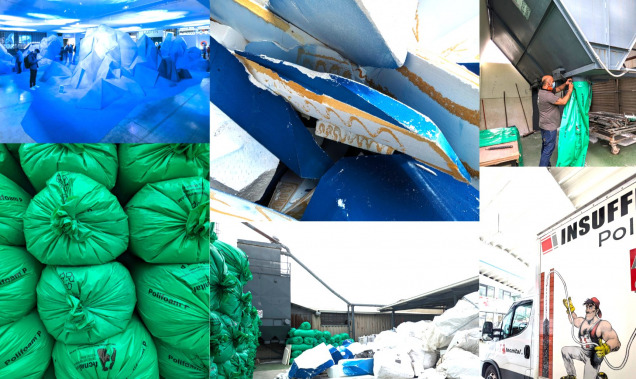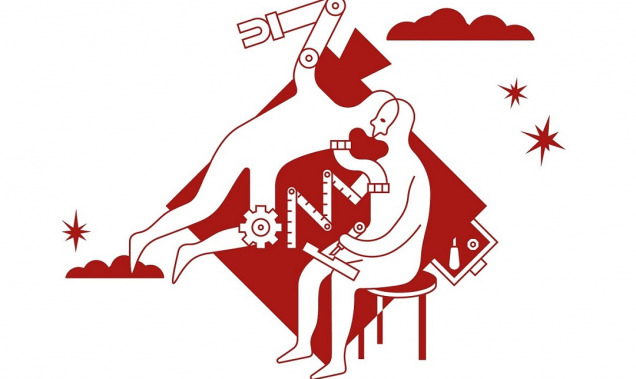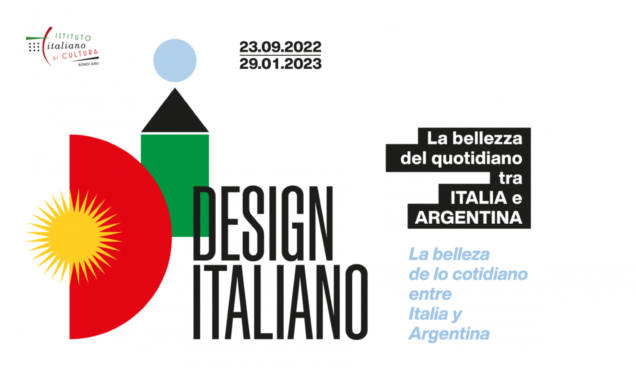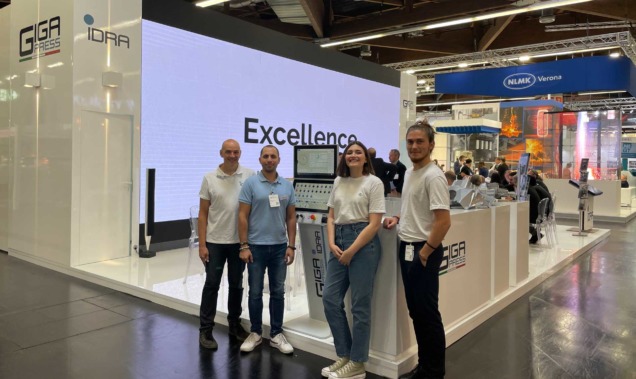HotCold
“I have been cooking sous-vide intensively for the last few months in view of this event,” says Federico Casotto, who heads our Food Lab, to the audience while showing a vacuum-sealed bag of strawberries. “At this point, I almost vacuum seal everything”.
On the occasion of Milano Food City, and with the endorsement of Fooddesign Manifesto ADI, our Food Lab organized Hot/Cold, its first event in our “Kitchen”, a multifunctional event space we recently opened in connection to our studio.
The Kitchen features a fully equipped kitchen lab, along with a lounge area and event space where people can develop and share thoughts and ideas. For Hot/Cold, we cooked lunch, tested, and discussed the technologies that may just enter the domestic kitchens, as our homes get smarter.
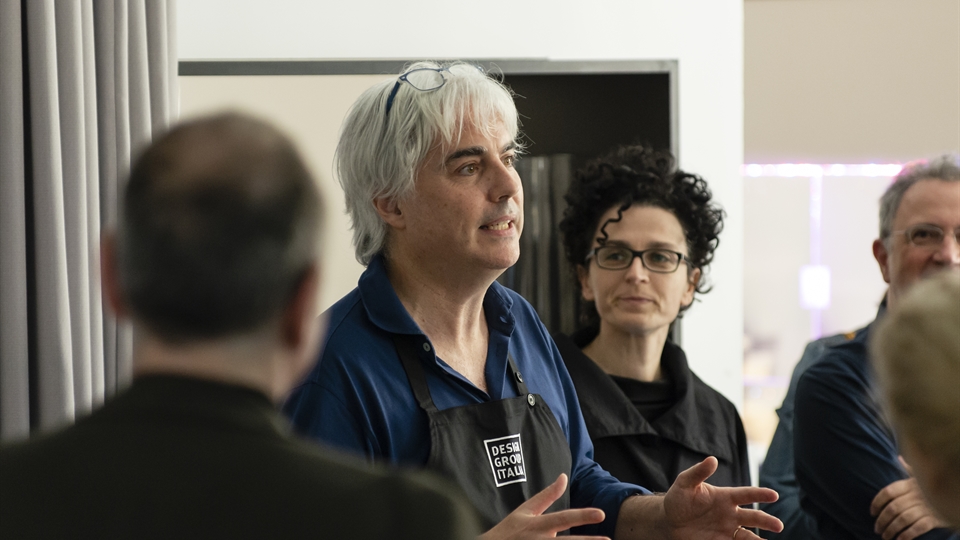
“The nice thing about cooking sous-vide is that you process your food inside the container in which it will be preserved and subsequently regenerated (i.e. re-heated to the point). These beautiful vacuum-sealed bags are designed to protect our food and preserve all its goodness. In addition, they are ideal for both storing in the fridge or freezer, and for subsequently defrosting and re-heating without making any pans or containers dirty” Federico Casotto said.
There is nothing new about the sous-vide cooking per se. It has been long established in professional kitchens. What is new is that the technique and the technologies that make it possible (such as chamber vacuum sealer, roner, steam oven, blast chiller) are increasingly interesting for home cooks, too. For most of them, the appealing aspect of sous-vide is the promise of being enabled to cook like a professional: never raw nor overcooked, but just right. We also believe that the considerable convenience factors highlighted by Federico will play a key role in popularizing sous-vide cooking. At the end of the day, at home, not much less than in a restaurant, we need to be efficient while managing our food and our time.
Amidst all the enthusiasm we do have a few doubts, though: is it really safe to cook food at low temperatures? Is it sustainable, considering that it implies an intensive use of disposable plastic bags?
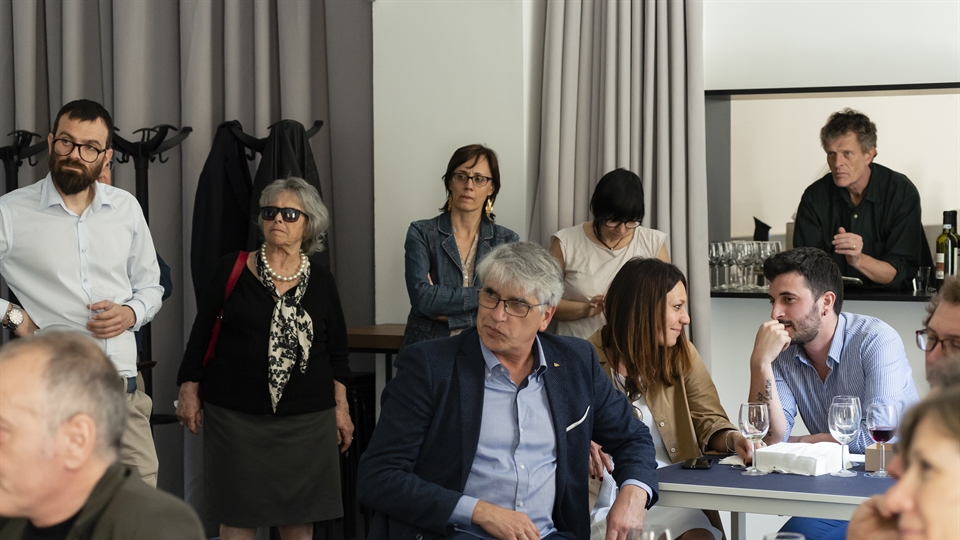
According to Alessandro Sensidoni, professor in food product science and technology at the University of Udine, this technique is in fact safer than the things people normally consider safe in their kitchen. Not only is it completely safe in its own right, but it drives the home cooks to put more attention on the safety issues of domestic food processing and preservation, and to develop a deeper knowledge of this matter.
As to sustainability, Sensidoni mentioned the interesting case study of a nursing home for elders. Since adopting sous-vide cooking for the meals they serve to the guests, they have dramatically reduced the use of detergents and water to wash the kitchenware, which had a considerably heavier impact on the environment. Better yet, the bags can be 100% recycled.
The main barriers are cultural: Today, we demonize plastic without distinction, and for the majority of us, cooking food in plastic is still an odd thing to do.
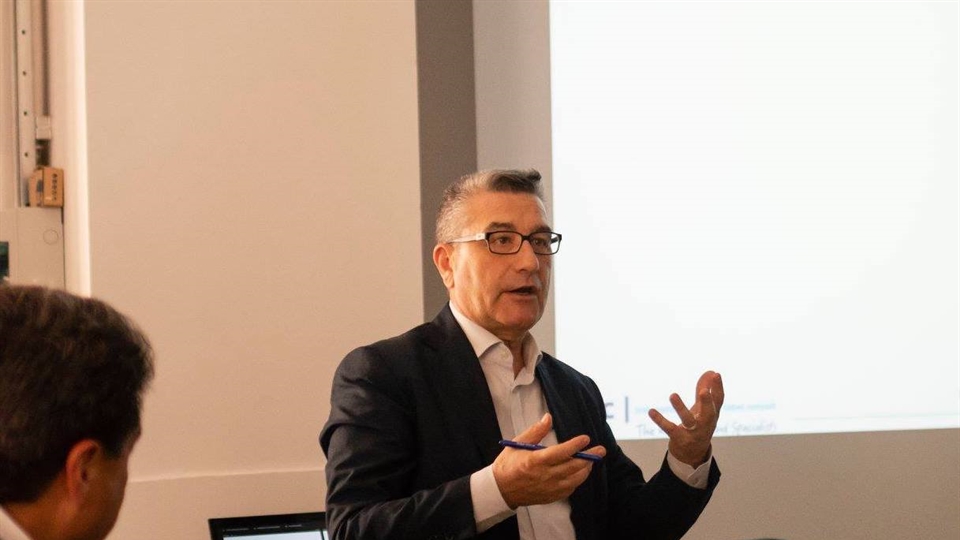
Paolo Palomba, CEO of Expertise on Field and professor at Bologna Business School, believes that the current social trends might in fact create a favourable context for the acceptance of novel techniques combining convenience and efficiency in the process and high quality in the output. Recent consumer research shows that Italians are increasingly willing to prepare their food by themselves. They are not inexorably attracted by ready-made meals, as one may think considering the common complaints about the lack of time.
TV chefs have contributed to valorizing cooking as quality time, a time to express one’s own creativity and manual skills, precious time that one wants to keep for onself. There are many signals of this return to the kitchen. Take the meal kits for instance. The new product-service category was first developed in the Anglo-Saxon markets (Hello Fresh, Blue Apron), and has recently landed on the shores of Italy with the likes of Quomi, too.
Meal kits include all the raw or semi-finished ingredients in the right proportions needed for a chef grade recipe along with the instructions to easily prepare it. The proposition combines the promise of high quality gastronomic experience, convenience in the process and quality time in the kitchen. Indeed, not far from what Federico found so fascinating abut sous-vide cooking.
What’s interesting about these meal kits is that they are based on a good balance between entrustment and control. The consumers, on one hand, rely on the professional expertise embedded in the kit and recipe instructions, on the other hand, keep a certain degree of control on the process by carrying it out themselves.

Federico Montanari, adjunct professor in Media semiotics and Visual Communication at the University of Modena and Reggio Emilia, believes that finding the right balance between entrustment and control is key also to determine the success of any home kitchen appliance. People do not want to fully entrust a machine to do the job. Neither do they want to be left completely alone to deal with all the complexity of cooking. The successful domestication of a technology lays somewhere between these two extremes. Domesticating a technology means to make it accessible to average skilled people through good interactions and consistent with the needs and life flow of a household.
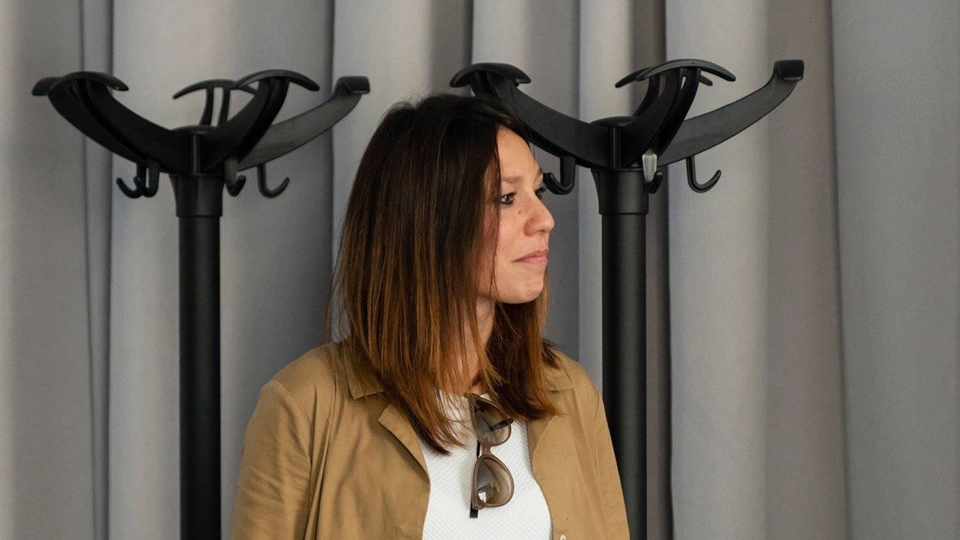
Domestication is precisely what Irinox achieved with Fresco, the first blast chiller for home kitchens. Serena Granziera, area manager and business development manager explained how the company succeeded to expand the expertise and reputation they developed in the professional market into the consumer world.
In fact, the key success factors of Fresco are its beautiful design, its friendly interface, its functions that are clearly connected to the specific needs of a household and an efficient aftersales service allowing anyone to ask questions to Irinox experts.
Connectivity might be a further step in the development of Fresco, aiming to define an even better balance between control and entrustment. Since the appliance is able to both quickly chill food and slowly cook it at low temperature (max 70°C) we believe the possibility to set and monitor a program from a smartphone could really make sense for Fresco.
However domesticated, the technologies for sous-vide cooking are generally marketed by referring to their professional origins. As seen at Eurocucina 2018 a few weeks ago, professional is a keyword, used by major brands such as Electrolux, Kitchen Aid and Irinox itself to target people’s aspiration to “cook like a chef”.
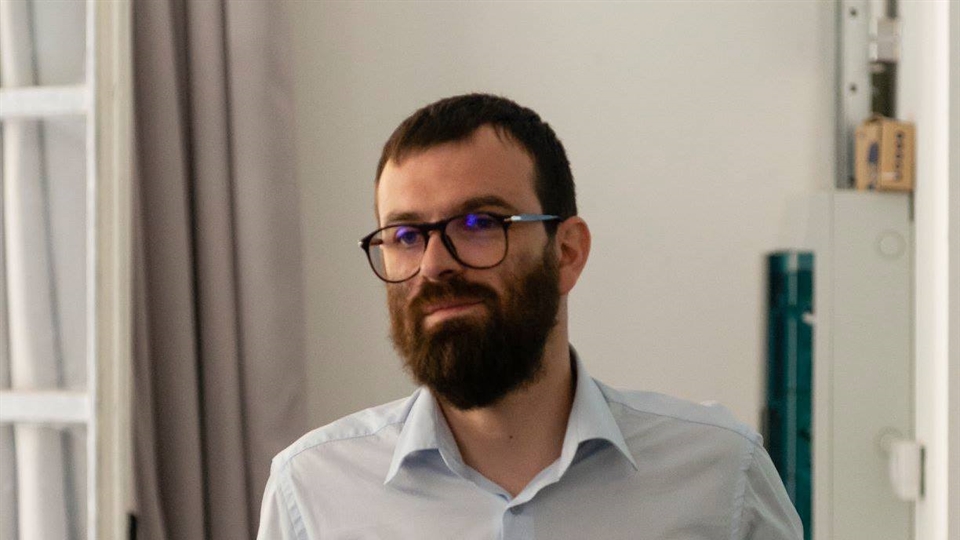
Nicola Presacco, founder and owner of VTS, who intends to develop a domestic range of freestanding vacuum chamber machines, seems to have a different marketing approach, implying a different interpretation of the word professional. He wants to focus on people’s need for an efficient (=professional) management of time and resources in a household. Besides reducing the size of the machines without trading-off on power, he is studying a way to equip them with an intelligent labelling system, allowing the user to keep a record of when each bag has been sealed and to be reminded of the recommended expiry date. Presacco also reckons the need to refine the appliance design and interface, which are currently very essential and, in Federico’s words, “intimidating”.
Everyone in the room liked the notion of technology domestication proposed by Montanari as a goal for any company aspiring to establish good interactions between humans and machines. And everyone agreed about the key role of design to that purpose. Come to think of it, we were in the right place to agree on that.
See more images from the event on Facebook.
Thanks to (in order of appearance) Alessandro Sensidoni, Paolo Palomba, Federico Montanari, Serena Granziera, Nicola Presacco, for the interesting and lively discussion. Thanks to Nicola Presacco who equipped our kitchen with the VTS chamber vacuum sealing and thanks to Becker who offered the extraordinarily efficient pump installed in that machine. Thanks to Irinox for letting us meet the compelling speaker Serena Granziera and for letting us use and appreciate Fresco for a few days. Thanks to Francesco Subioli and Food Design Manifesto ADI for endorsing the event. Thanks to the chefs of Note di Gusto, who supported Federico and Piero in defining the menu and the procedures. Finally thanks to Filippo Albertini who supplied his exquisitely thin crakers Quadrì/Figulì.
